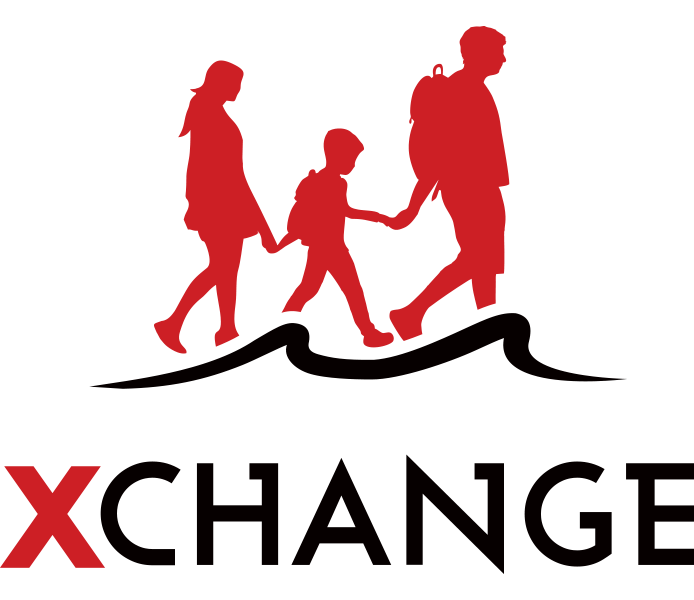In just 10 days, the Taliban swept across Afghanistan after the majority of Afghan security forces had been forced to surrender or flee to neighbouring countries. After securing their first capital on 6th August they had gained control of Kabul by the 15th and with such a rapid advance across the country thousands had already fled their homes – heading for the borders or to the main capital, Kabul. Following the rapidly deteriorating security situation in Afghanistan, 60 nations initially called for the maintenance of civil order to facilitate the safe and orderly departure of Afghans who wished to leave the country. Yet, the harrowing scenes at Kabul airport, where individuals have been forced to risk their lives attempting to flee on the exterior of planes, against the backdrop of sporadic gunfire shows a stark reality of violated human rights and a sense of immense panic amongst the local population.
The people of Afghanistan are ‘going to have to decide their future,’ these were the words US President Joe Biden just weeks before the Taliban secured control of Afghanistan, as the US military withdrew their final ranks. After nearly 20 years, the United States military has now withdrawn from Afghanistan and their central military hub – the Bagram airbase. The US’ withdrawal was part of the 2020 Doha peace agreement with the Taliban. Under the agreement, the United States had 14 months to withdraw troops and the Taliban pledged to prevent terrorist activity within their territory and build lasting collaboration with the Afghan government. Yet, following the agreement there had been increasing tension in the region as the Taliban continued to make territorial gains.
The ongoing conflict has been extremely convoluted and complex in nature with multiple belligerent parties from within the region as well as the US and NATO engaged in intersecting power struggles. There has been a persistent dichotomy between the state and ethnic and/or religious minorities who did not recognise the state as representing them, allowing operational space for the Taliban and other factions to evolve and gain traction. While the 2020 peace agreement instigated a short-lived ceasefire between the Taliban and the US, there was continued fighting with the Afghan government, suggesting any such governmental alliance would have been ambiguous. Initially, there had been a surge in violence as the NATO’s 20-year military mission in the country came to an abrupt end, during one clash with Taliban fighters, more than 1000 Afghan soldiers were forced over the border to neighboring Tajikistan after relentless fighting. Civilians have been displaced and transportation of food, communication services and healthcare facilities have been impacted by the fighting. Over the last 10 days, the Taliban has established nearly complete control over the provinces and have begun international negotiations as the Islamic Emirate of Afghanistan.
There have already been increasingly disturbing reports of a return to the subjugation of women in Afghanistan as the Taliban swiftly takes control of the country’s capital. Images of women have been whitewashed, female activists and academics have been threatened and many women have been told not to return to work. Many female Afghan journalists have had to destroy traces of their identity and work amid the Taliban takeover. In their first press briefing – since establishing control, a Taliban spokesperson said women’s rights would be respected “within the framework of Islamic law,’’ but there have already been harrowing accounts that directly contradict such claims. Nobel Peace Prize winner Malala Yousafzai who was shot at the young age of 15 by the Taliban when campaigning for girls’ education in Pakistan – has warned the Taliban’s interpretation of Sharia law could decimate the safety of women and girls in the country.
We must turn words into concrete action and work together as an international community to protect the rights of women and provide safe pathways for those seeing their rights violated, expanding on the example made by the UK who will be prioritizing the resettlement of women, girls and minority groups likely exposed to human rights abuses within their new resettlement scheme.
Beyond the current Taliban takeover, there have intersecting factors underlying the deteriorating socio-economic conditions in Afghanistan. By the end of 2020, nearly 100 million people faced crisis or severe food insecurity as a result of conflict — up from 77 million in 2019. The humanitarian consequences of this military and government transition will be vast and multidimensional, with the ongoing Covid pandemic, systemic climate crises and tension exasperating the situation. There has been a wave of Covid-19 cases in the country and the subsequent number of deaths has increased significantly. In many areas, hospitals have reached their capacity and in the last month alone, infection rates have increased by around 2,400 per cent. According to Dr Nilab Mobarez, Acting President of Afghan Red Crescent Society, the situation is nearly at crisis point, mirroring the surge of cases we have seen in India and Nepal. The country’s already fragile health system has been systemically impacted by conflict and protracted crises in the region, the country faces a complicated vaccine distribution with additional challenges for medical supply chains and already-stretched health response teams. Marginalised communities in the region are already living in extremely fragile contexts and many have now fled in search for safety as the Taliban establishes a new path of governance. Human rights violations, vaccine inequity and compounding inequalities due to the ongoing conflict will only further expand the unfolding humanitarian demands. Afghanistan is also chronically exposed to natural disasters, including droughts, as security and economic stability fluctuate – the consequences of such climate disasters are felt more deeply and humanitarian actors working on the ground (whose future presence is currently uncertain) will have to work to competing demands.
According to FAO, the provinces of Hirat, Badghis and Ghor have faced severe droughts and there has been a marked reduction in food production across several other regions. This year, it is expected that 16.9 million people will be living within emergency levels of food insecurity, nearly one in two children under-five will also face acute malnutrition. The intersection of climate change, conflict and environmental risk has been increasingly evident across crises, yet there is little discursive space dedicated to investigating the implications for the humanitarian sector. Climate change and environmental degradation can worsen humanitarian crises and fuel conflict, affecting both the onset and duration of disputes as it can lead to endemic disenfranchisement within communities. Humanitarian access in the region will likely be extremely strained as governments act to restrict funds into Afghanistan and international bodies like the International Monetary fund (IMF) have said Afghanistan will no longer be able to access the lenders resources.
In terms of displacement, it is estimated that nearly 4 million people in Afghanistan are displaced due to the conflict and/or drought. The country has been the most deadly place in the world for children in the last 6 years and women and children are bearing the intense impacts of the violence. A recent IRC assessment warned it was likely families would be forced to pursue extreme measures for financial security, including child marriage due to the ongoing instablility. Furthermore, the Afghan Special Immigrant Visa Program (SIV) – which was the initial commitment made by US congress to facilitate permanent protection for Afghans associated with U.S missions, has a backlog of over 18,000 applicants which impacts around 53,000 individuals including family members. Since the Taliban asserted their governance, such resettlement programmes are under extreme pressure as many Afghan citizens are fleeing to neighbouring countries or calling on international bodies to establish rapid resettlement.
Conclusion and Peacebuilding
The humanitarian conditions in Afghanistan are extremely volatile right now amid the Taliban takeover and widespread insecurity, displacement has rapidly increased and there are now steep operational and logistical challenges for humanitarian organisations, including denial of access. As the transitional process continues to unfold, it is imperative that humanitarian actors continue to try and support the most vulnerable communities and donors will need to be prepared for relief aid, surge support will be required in neighboring regions and refugee support should be expanded internationally to ensure safe passage for those fleeing the new regime.



